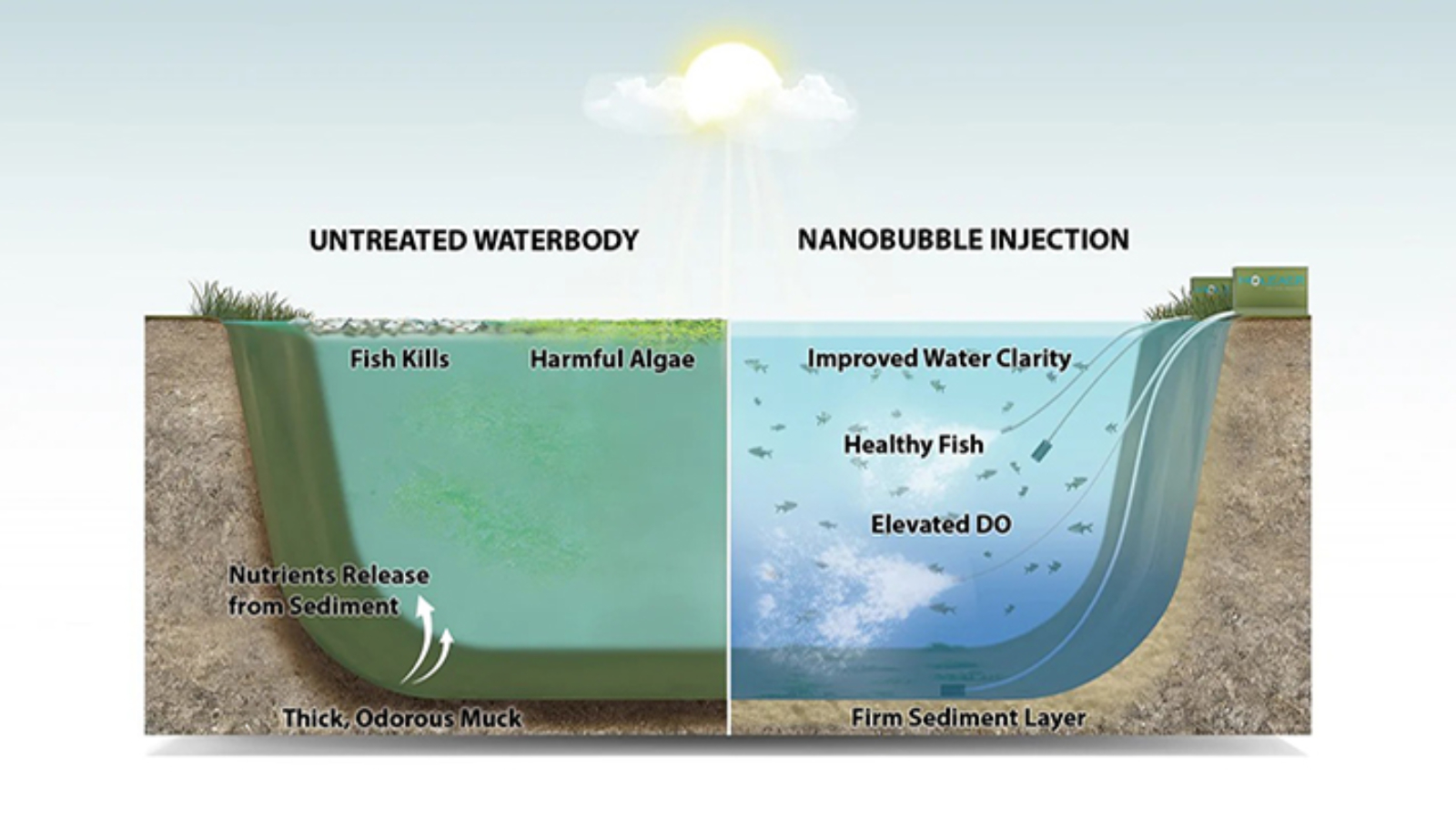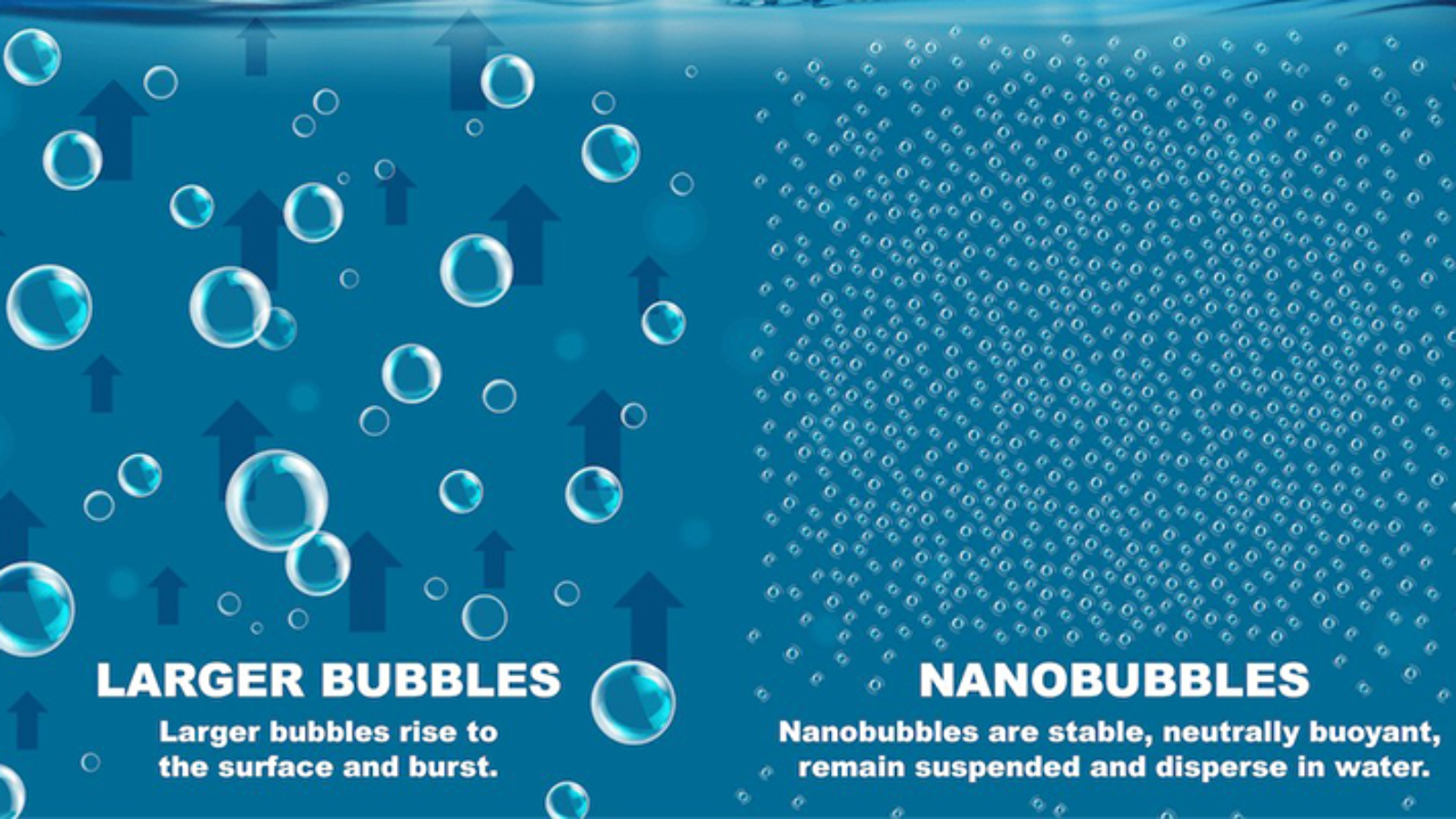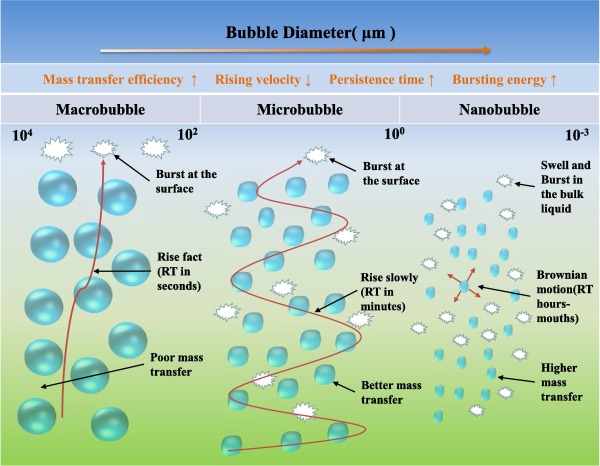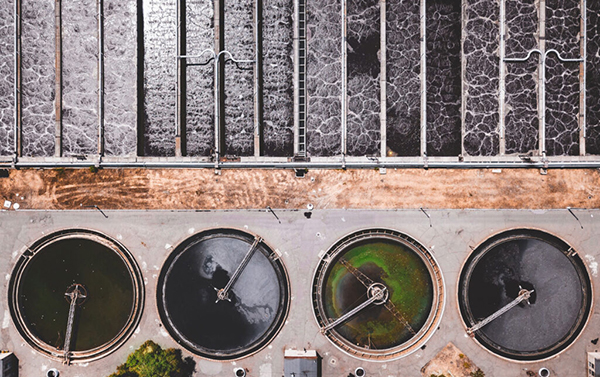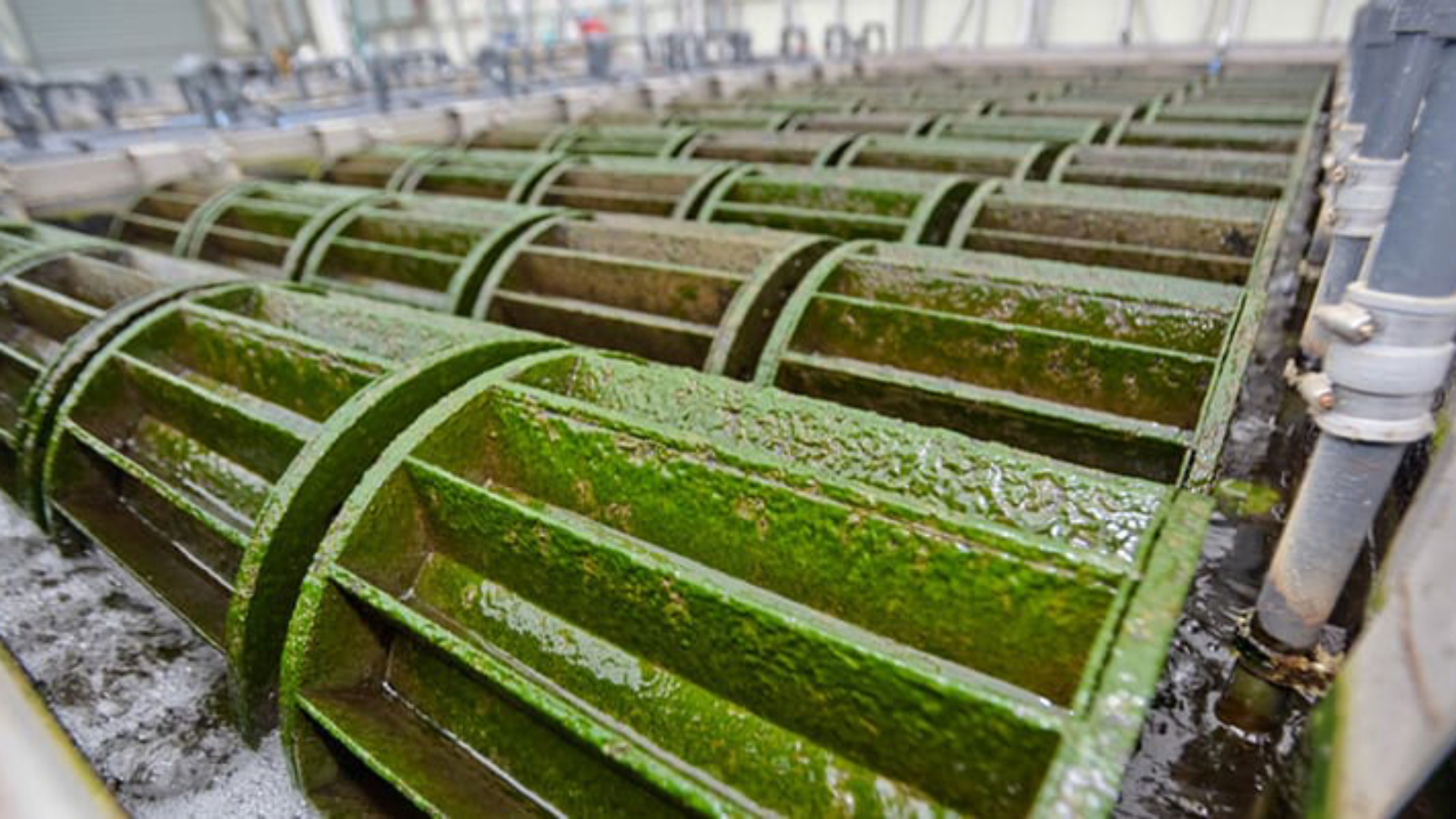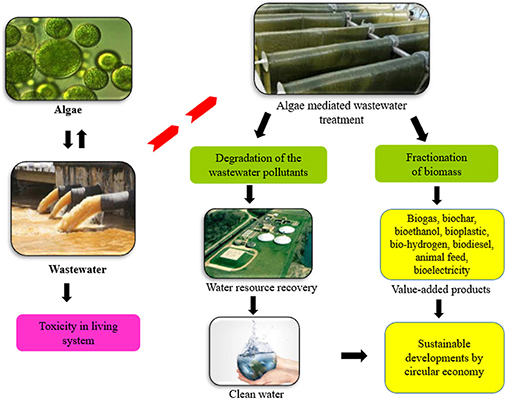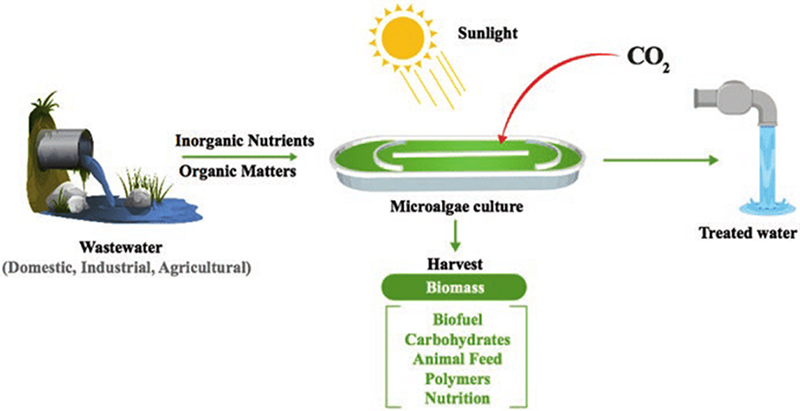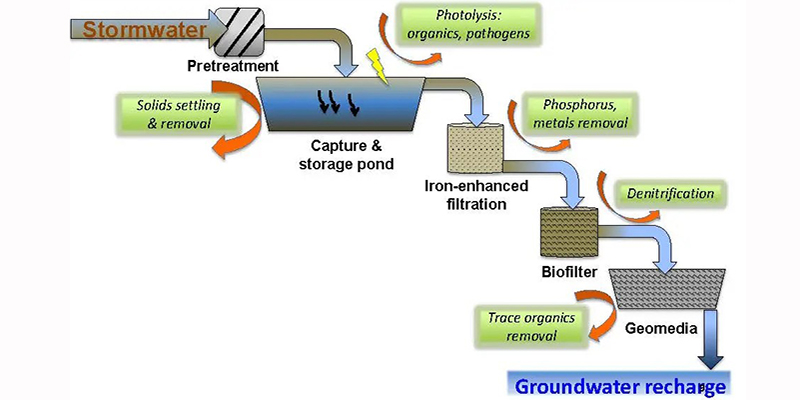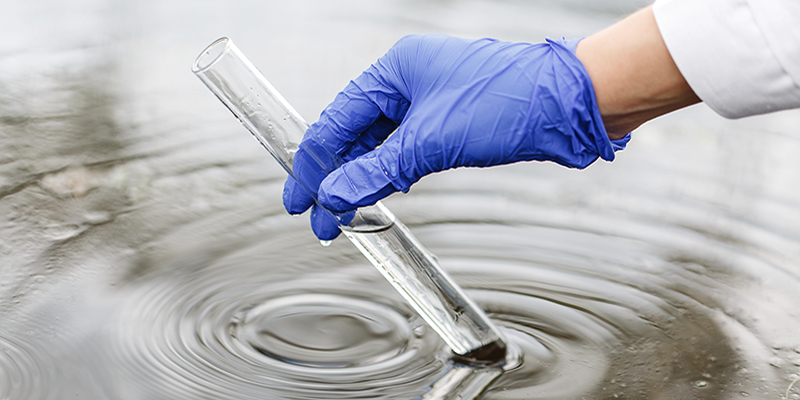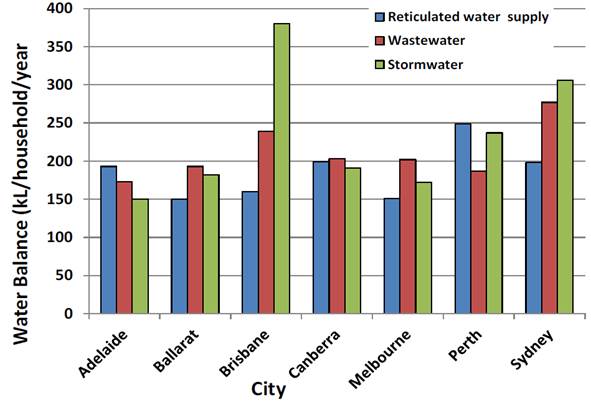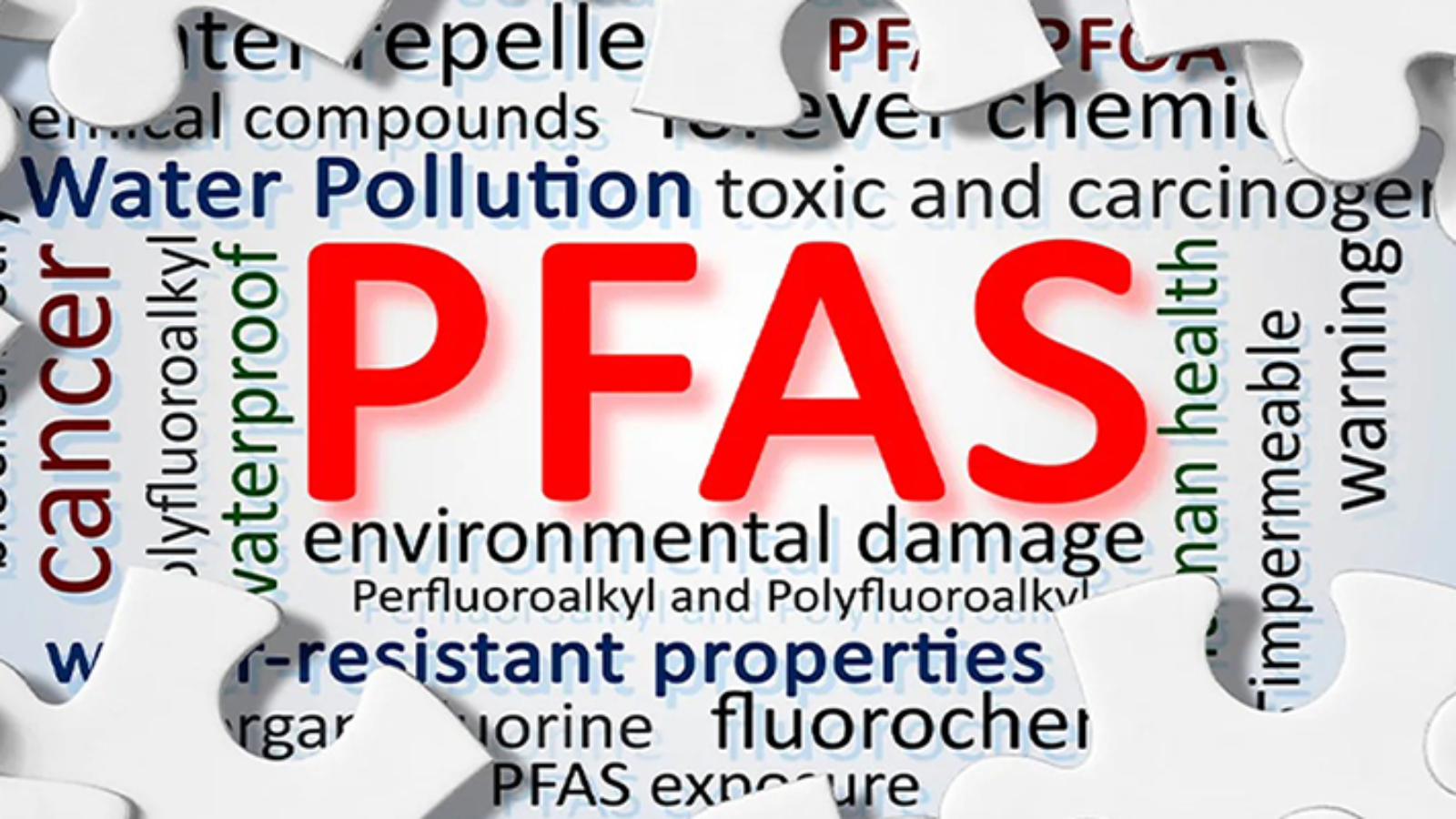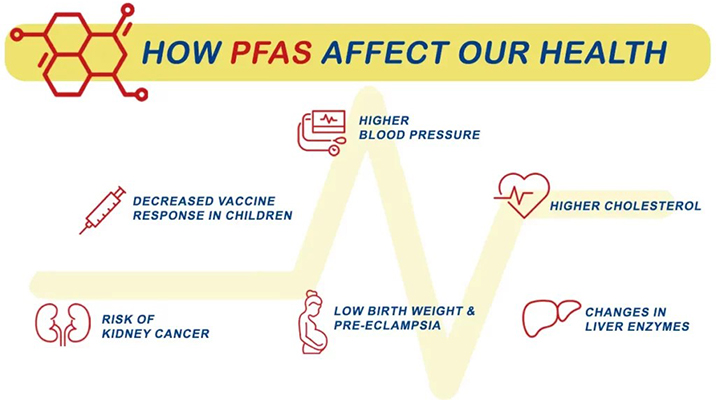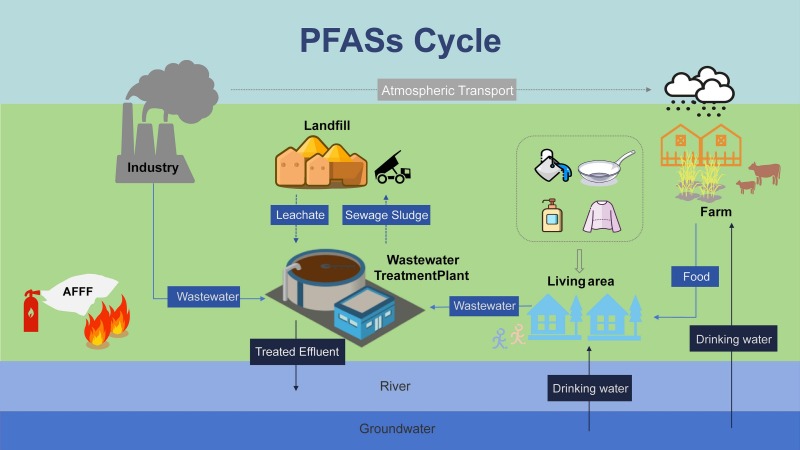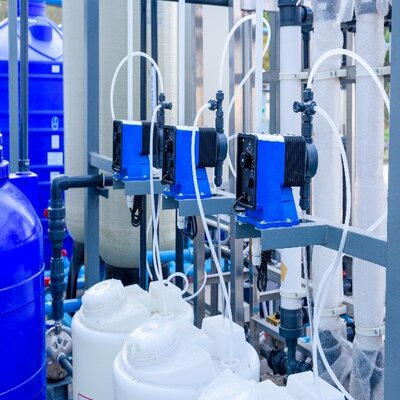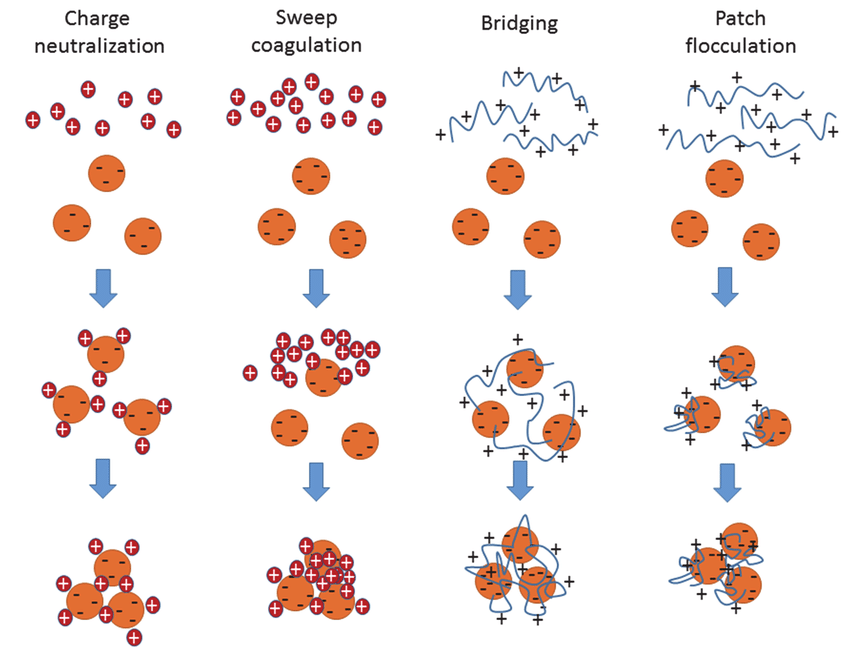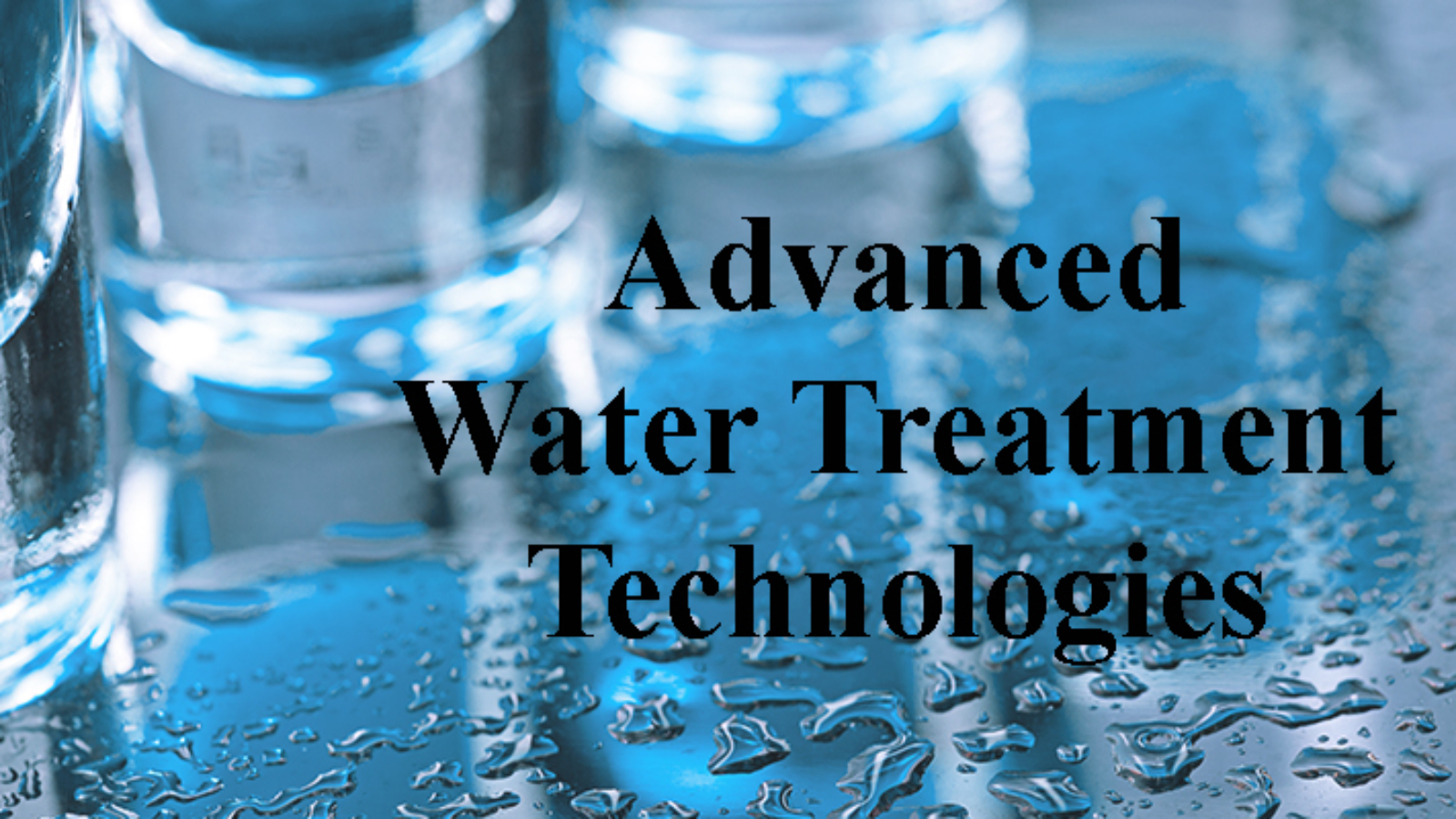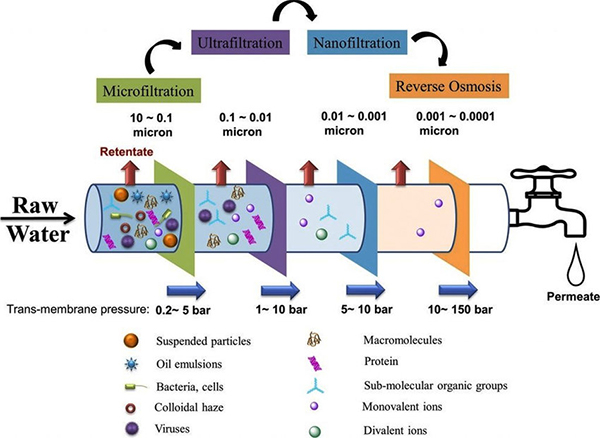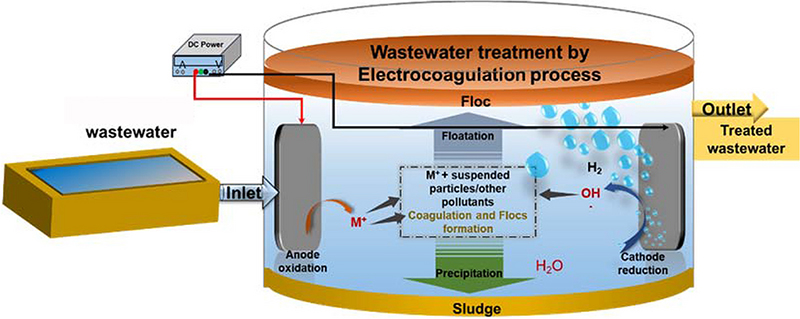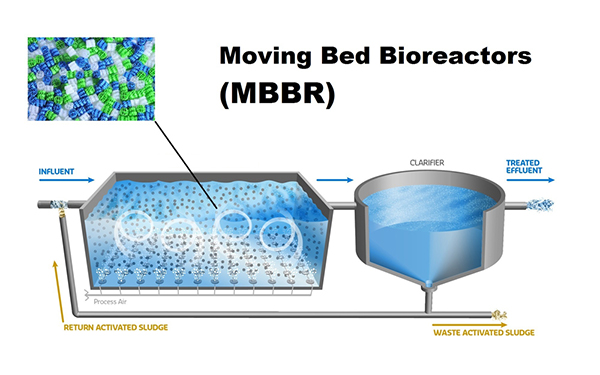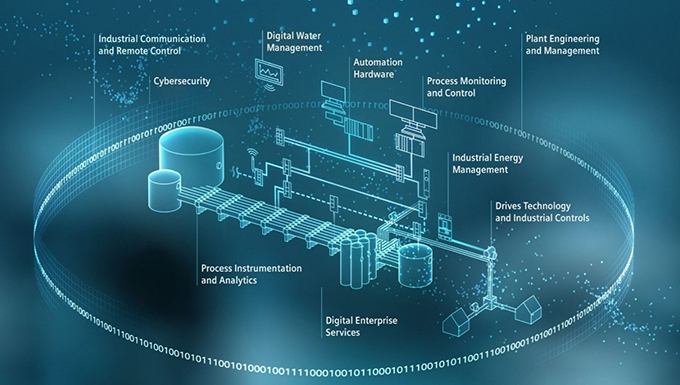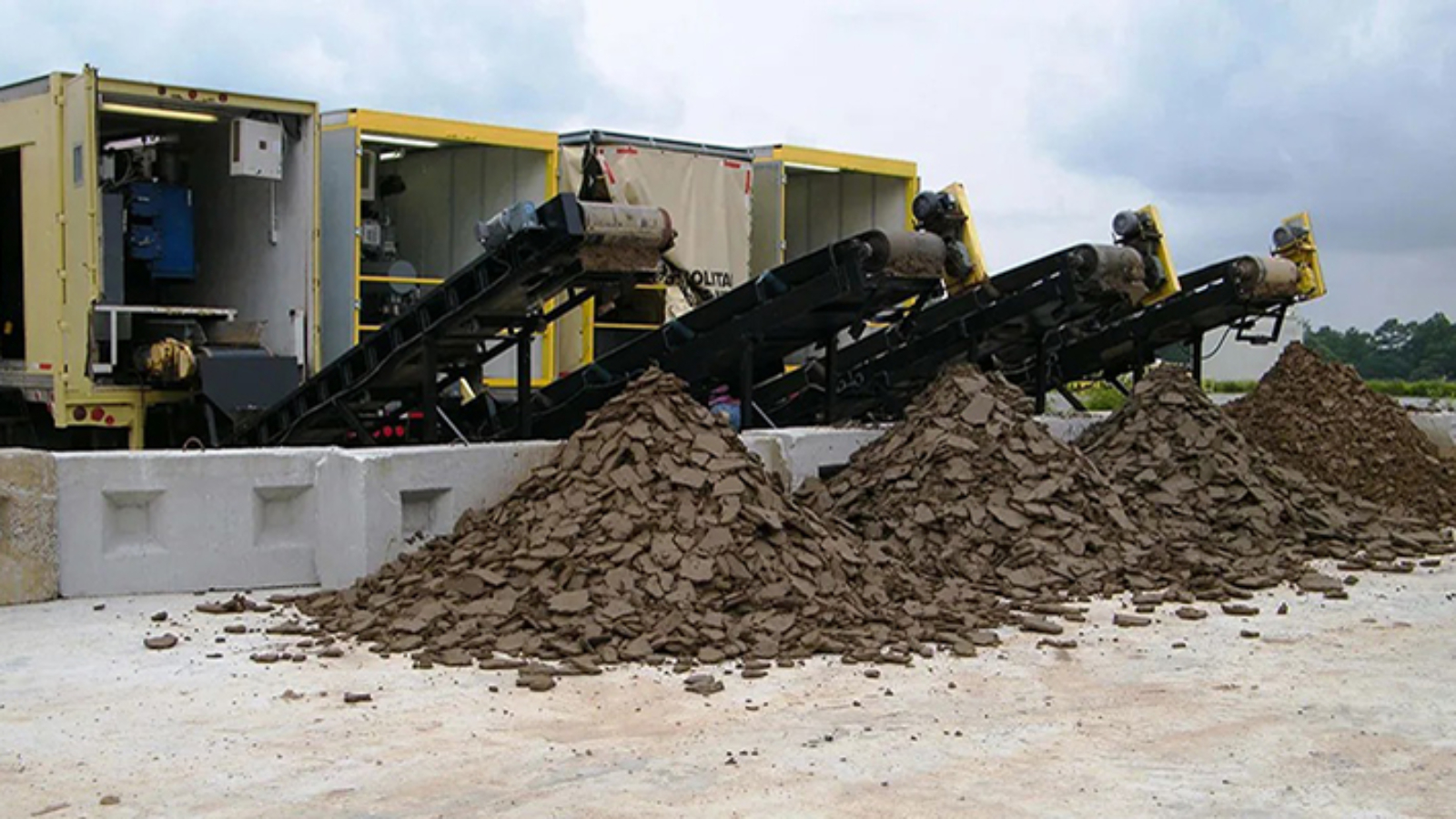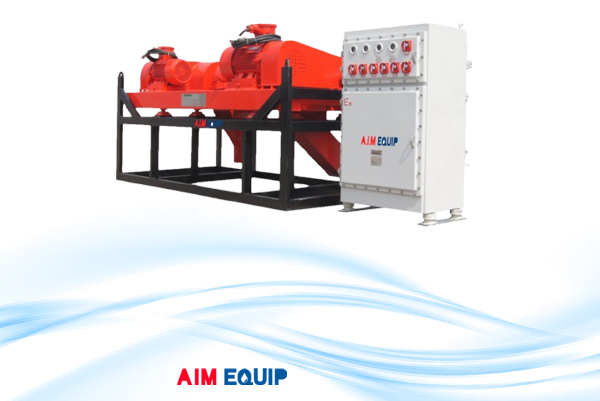In our previous article, we explored how nanobubbles — ultra-fine gas bubbles smaller than 200 nanometers — are transforming wastewater treatment by improving oxygen transfer, reducing sludge, and enabling chemical-free disinfection. But behind every high-performing nanobubble system lies one crucial factor: how those nanobubbles are generated. The method of production determines bubble size, stability, concentration, and ultimately, treatment performance and operating costs.
Why the Generation Method Matters
Not all nanobubbles are created equal. The efficiency of nanobubble generators in wastewater treatment depends on:
- Bubble size distribution: smaller bubbles stay suspended longer and transfer gas more effectively.
- Gas type: oxygen, ozone, air, or specialty gases.
- Concentration: number of bubbles per millilitre.
- Energy efficiency: power consumed per litre of treated water.
- Scalability: ability to integrate with existing plant infrastructure.
Choosing the right generation technology can mean the difference between a system that reduces operating costs and one that struggles to meet performance targets.
Methods of Nanobubble Generation
Different nanobubble generation methods use physical, mechanical, chemical, or acoustic forces to create ultra-small gas bubbles in water. Each approach has unique strengths, limitations, and ideal applications in nanobubble generators in wastewater treatment.
-
Hydrodynamic Cavitation
Hydrodynamic cavitation is one of the most widely used and energy-efficient methods for generating nanobubbles. It works by forcing water mixed with gas through a constriction (such as a venturi nozzle, orifice plate, or special cavitation chamber), creating high-velocity flow and rapid pressure changes. These conditions form microcavities that collapse violently, splitting gas into nanobubble-scale particles.
Advantages:
- No moving parts inside the cavitation zone, meaning low wear rates.
- Compatible with both pressurised and open-loop systems.
- High gas dissolution rates with oxygen, air, or ozone.
Limitations:
- Requires a pressure pump, which increases energy demand.
- Cavitation intensity must be optimised to avoid erosion in metal components.
Wastewater Application Example:
Many Nanobubble Generators in Wastewater Treatment use hydrodynamic cavitation to aerate oxidation ditches, enhance oxygen transfer in biological nutrient removal (BNR) processes, and feed ozone nanobubbles into DAF systems for advanced clarification.
-
Mechanical Shear / Rotational Devices
Mechanical shear systems use high-speed rotors, impellers, or disk turbines to physically break gas streams into ultra-small bubbles. The shear force disrupts the gas-liquid interface, producing a spectrum of bubble sizes down to the nanometre range.
Advantages:
- Continuous operation at large volumes.
- Can be integrated into aeration tanks, MBBR (Moving Bed Biofilm Reactors), or mixing zones without redesigning the plant.
- Capable of producing high bubble density.
Limitations:
- Moving parts require periodic maintenance.
- Higher energy usage compared to passive hydrodynamic systems.
Wastewater Application Example:
Ideal for retrofitting older aerobic tanks in municipal plants to boost oxygen transfer and for sludge digestion tanks where deeper penetration of oxygen into solids is beneficial.
-
Electrolysis-Based Generation
Electrolysis nanobubble generators pass electrical current through water to split it into hydrogen and oxygen gases, which then form nanobubbles. When operated with specific electrode coatings, the system can directly produce ozone nanobubbles for oxidation and disinfection.
Advantages:
- Produces high-purity oxygen or ozone without external gas supply.
- Enables targeted applications such as pathogen destruction or micropollutant oxidation.
Limitations:
- Higher capital costs.
- Electrodes are subject to scaling and require periodic cleaning/replacement.
Wastewater Application Example:
Electrolysis-based Nanobubble Generators in Wastewater Treatment are ideal for medical, pharmaceutical, and high-risk industrial wastewater, commonly used in hospital or pharmaceutical wastewater where advanced oxidation with ozone nanobubbles is needed to remove pathogens and trace contaminants.
-
Membrane Diffusion
In membrane diffusion systems, gas is forced through a nanoporous membrane under pressure. The pores control bubble size, ensuring consistent nanobubble formation. This method can be highly efficient when paired with pre-filtration.
Advantages:
- Precise bubble size and concentration control.
- Suitable for generating nanobubbles with specialty gases such as CO₂ for pH adjustment.
Limitations:
- Membrane fouling in untreated wastewater can reduce efficiency.
- Requires regular maintenance and cleaning.
Wastewater Application Example:
Membrane diffusion Nanobubble Generators in Wastewater Treatment are often used in reuse/recycling systems where consistent nanobubble size is important for maintaining membrane bioreactor (MBR) performance and preventing biofouling.
-
Ultrasonic Cavitation
Ultrasonic generators emit high-frequency sound waves into water, creating alternating high and low-pressure zones. These zones form microcavities that collapse into nanobubbles. This method can be combined with gas injection for enhanced bubble density.
Advantages:
- Produces uniform nanobubbles without mechanical shear.
- Can also disrupt biofilms and improve sludge dewatering.
Limitations:
- High energy consumption for large-scale applications.
- Equipment requires careful tuning to avoid cavitation damage.
Wastewater Application Example:
Ultrasonic cavitation Nanobubble Generators in Wastewater Treatment are especially useful for high-strength industrial wastewater to combine aeration with cell disruption for improved biodegradation rates.
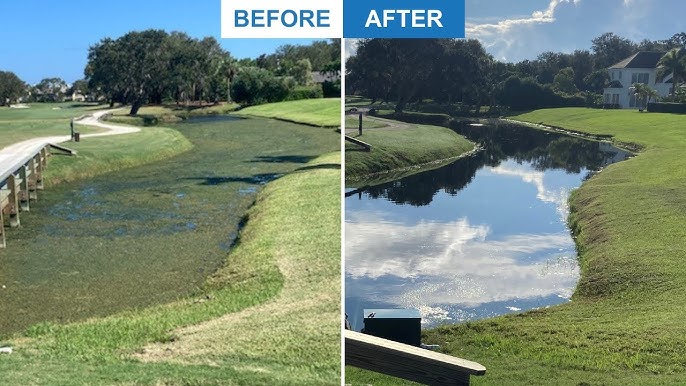
Selecting the Right Nanobubble Generator
The best generator for a given wastewater application depends on:
- Type of wastewater: municipal, industrial, food processing, mining, or agricultural.
- Primary treatment goals: aeration, nutrient removal, oxidation, disinfection, sludge reduction.
- Existing infrastructure: ability to retrofit without major redesign.
- Operating constraints: budget, available energy, maintenance resources.
For example:
- Oxygen nanobubbles from hydrodynamic systems are ideal for boosting aerobic biological processes.
- Ozone nanobubbles generated by electrolysis are highly effective for pathogen control and advanced oxidation.
At AIMEQUIP, we design and implement nanobubble generators in wastewater treatment tailored to your wastewater challenges, ensuring you get the right technology for lasting results.
Want to explore which nanobubble generator is right for your plant?
Contact the AIMEQUIP team or learn more by visiting our wastewater solutions page.

